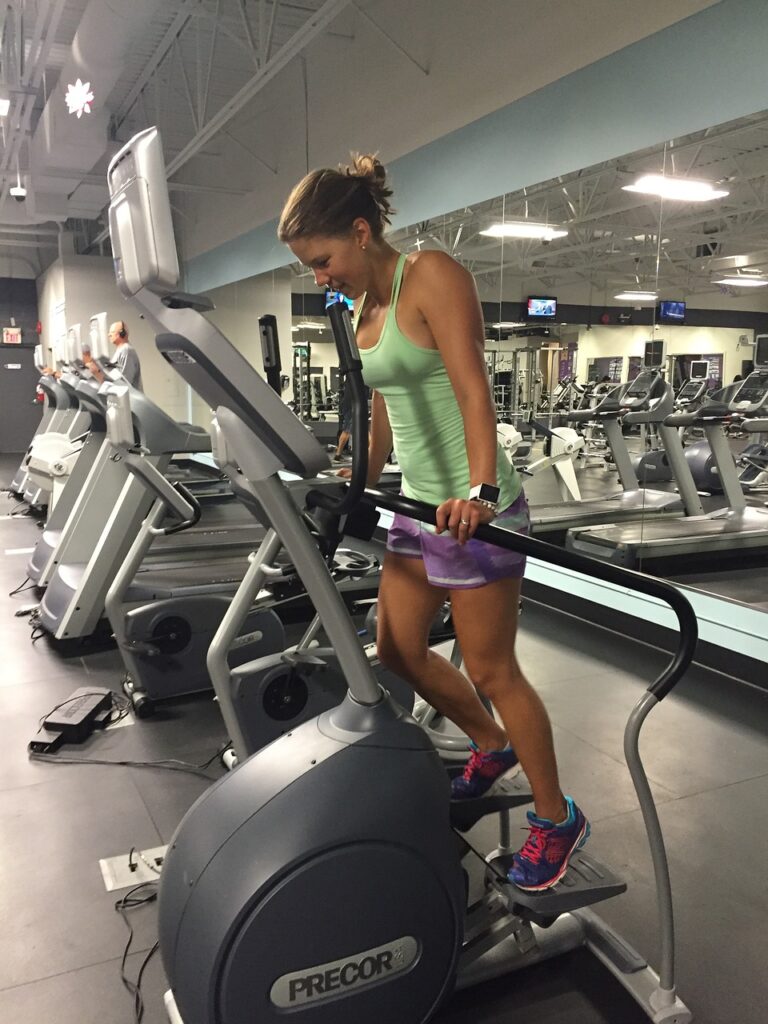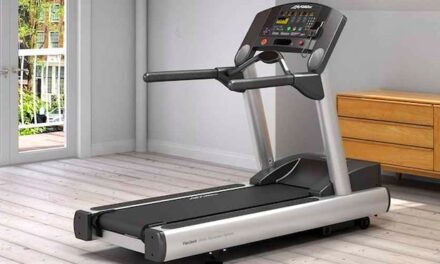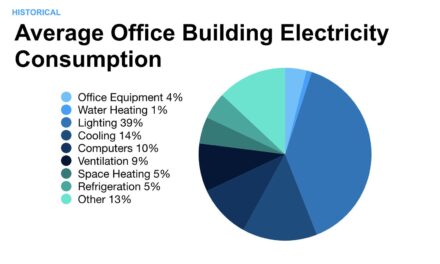Are you wondering about the differences in workout intensity and muscle engagement between treadmills, ellipticals, and stationary bikes? Look no further! In this article, we will explore how these three popular gym equipment options stack up against each other when it comes to getting the most out of your workout. Whether you’re looking to burn calories, engage multiple muscle groups, or improve cardiovascular fitness, we’ve got you covered with all the information you need to make an informed decision. So, lace up your sneakers and let’s dive into the world of fitness equipment!

This image is property of pixabay.com.
Treadmills
Overview
Treadmills are one of the most popular cardio machines found in gyms and homes around the world. They consist of a moving belt that allows you to walk, jog, or run in place. Treadmills come with various speed and incline settings, making them suitable for all fitness levels. They provide a convenient way to get your daily dose of cardio without having to go outside and deal with unfavorable weather conditions.
Workout Intensity
The intensity of your workout on a treadmill largely depends on your speed and the incline level you choose. By increasing the speed, you can challenge yourself to run faster and work up a sweat. Similarly, adjusting the incline can simulate uphill running, activating different muscle groups and increasing the overall intensity of your workout. Treadmills also offer various pre-programmed workout options that allow you to tailor your session to your fitness goals.
Muscle Engagement
Running or walking on a treadmill engages several major muscle groups in your lower body. Your quadriceps, hamstrings, glutes, and calves all work together to propel you forward. The repetitive nature of the movement also helps to strengthen and tone these muscles over time. While treadmills primarily focus on the lower body, some models come equipped with handles or handrails that allow for slight engagement of the upper body muscles as well.
Ellipticals
Overview
Ellipticals, also known as cross-trainers, are machines that simulate the motion of walking, running, and climbing stairs. They provide a low-impact workout that is easier on the joints compared to running on a treadmill. Ellipticals are a popular choice for individuals with joint issues or those looking for a full-body workout.
Workout Intensity
Ellipticals offer adjustable resistance levels that allow you to increase the intensity of your workout. By increasing the resistance, you can challenge your muscles and elevate your heart rate. Additionally, some ellipticals offer the option to pedal in reverse, providing a different muscle engagement and increasing the variety in your workout.
Muscle Engagement
Ellipticals engage both the upper and lower body muscles. As you move the pedals, your quadriceps, hamstrings, and calves work to power the motion, while your glutes provide stability. The elliptical handles allow for engagement of the muscles in your arms, shoulders, and chest. By using the handles, you can effectively work your upper body alongside your lower body, resulting in a more comprehensive full-body workout.

This image is property of pixabay.com.
Stationary Bikes
Overview
Stationary bikes, also known as exercise bikes, are a staple in most gyms and home fitness setups. They provide a low-impact cardiovascular workout and are suitable for individuals of all fitness levels. Stationary bikes come in various styles, such as upright bikes and recumbent bikes, catering to different preferences and comfort levels.
Workout Intensity
The intensity of your workout on a stationary bike can be easily adjusted by modifying the resistance level. As you increase the resistance, your muscles have to work harder, resulting in an increased heart rate and a more intense workout. Stationary bikes often come with different pre-programmed workouts that simulate uphill climbs, interval training, or endurance rides, allowing for customization based on your fitness goals.
Muscle Engagement
Stationary bikes primarily engage the muscles in your lower body. Pedaling targets your quadriceps, hamstrings, and calves, helping to strengthen and tone these muscles. The smooth motion of cycling on a stationary bike also provides a low-impact workout, making it a great option for individuals with joint issues. While the focus is primarily on the lower body, actively engaging your core throughout the ride can further strengthen your abdominal muscles.

This image is property of pixabay.com.
Comparing Treadmills, Ellipticals, and Stationary Bikes
Cardiovascular Benefits
All three machines offer excellent cardiovascular benefits, helping to improve heart health, increase endurance, and burn calories. The level of cardiovascular engagement can be adjusted on each machine by modifying the intensity of the workout.
Lower Body Engagement
Treadmills, ellipticals, and stationary bikes all engage the muscles in your lower body. Treadmills focus on the quadriceps, hamstrings, glutes, and calves. Ellipticals engage the same muscle groups while also targeting the muscles in your arms, shoulders, and chest through the use of handles. Stationary bikes predominantly engage the quadriceps, hamstrings, and calves.
Upper Body Engagement
Ellipticals stand out when it comes to engaging the upper body muscles as they incorporate the use of handles. By pushing and pulling on the handles, you can work your arms, shoulders, and chest simultaneously with your lower body. Treadmills and stationary bikes, on the other hand, primarily engage the muscles of the lower body.
Core Engagement
While all three machines engage the core to some extent, ellipticals require the most active involvement of the core muscles. Balancing and stabilizing your body during the movement on an elliptical machine engages your abdominal muscles. Treadmills and stationary bikes also engage the core to a lesser degree, primarily through maintaining an upright posture.
Joint Impact
For individuals with joint issues or those looking for a low-impact workout, ellipticals and stationary bikes are excellent options. Both machines provide smooth, fluid movements that are gentle on the joints. Treadmills, on the other hand, involve repetitive impact on the joints, especially if running or jogging.
Calorie Burn
The number of calories burned during a workout depends on factors such as intensity, duration, and individual body composition. However, all three machines are effective in burning calories. The exact calorie burn will vary depending on the intensity and duration of your workout.
Training Variety
Treadmills, ellipticals, and stationary bikes all offer a variety of workout options to keep your exercise routine interesting and challenging. Many machines come equipped with pre-programmed workouts that simulate different terrains or interval training. Some machines also offer the ability to connect to fitness apps or virtual trainers, providing an endless array of training options.
Weight Bearing
Treadmills and ellipticals are weight-bearing exercises, meaning they require your body to support its weight throughout the workout. This can help improve bone density and strengthen your skeletal system. Stationary bikes, on the other hand, are non-weight bearing exercises as your body is supported by the seat.
Effectiveness for Weight Loss
All three machines can be effective for weight loss when combined with a healthy diet and consistent workout routine. The key to weight loss is creating a calorie deficit, which can be achieved through cardiovascular exercise. Choose a machine that you enjoy and can sustain for a longer duration to maximize calorie burn.
Accessibility and Ease of Use
Treadmills, ellipticals, and stationary bikes are all widely available in gyms, fitness centers, and home setups. They are relatively easy to use, with most machines offering simple controls and customizable settings. Consider factors such as space availability, comfort, and personal preferences when choosing the right machine for you.
In conclusion, treadmills, ellipticals, and stationary bikes each provide unique benefits and cater to different workout preferences and goals. Treadmills offer a convenient way to walk, jog, or run indoors, engaging the lower body muscles. Ellipticals provide a full-body workout, targeting both the upper and lower body while minimizing joint impact. Stationary bikes offer a low-impact, lower body-focused workout. Consider your fitness level, goals, and any specific considerations such as joint issues when choosing the machine that best suits your needs. Remember to consult with a healthcare professional before starting any new exercise regimen. Stay consistent, challenge yourself, and enjoy your fitness journey!





